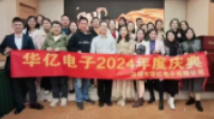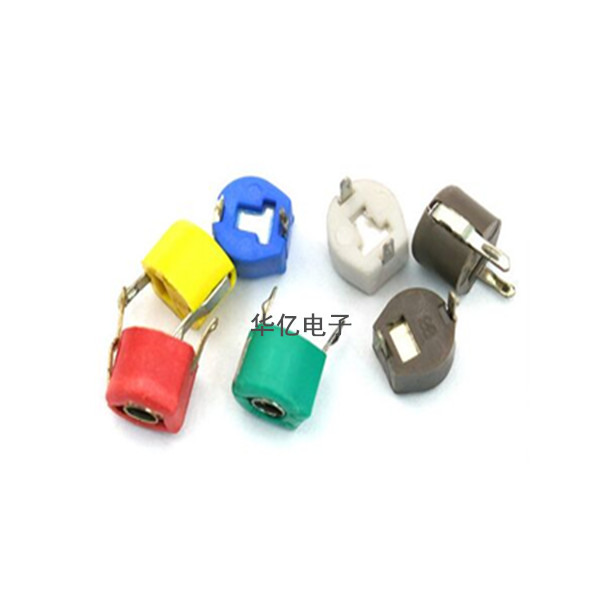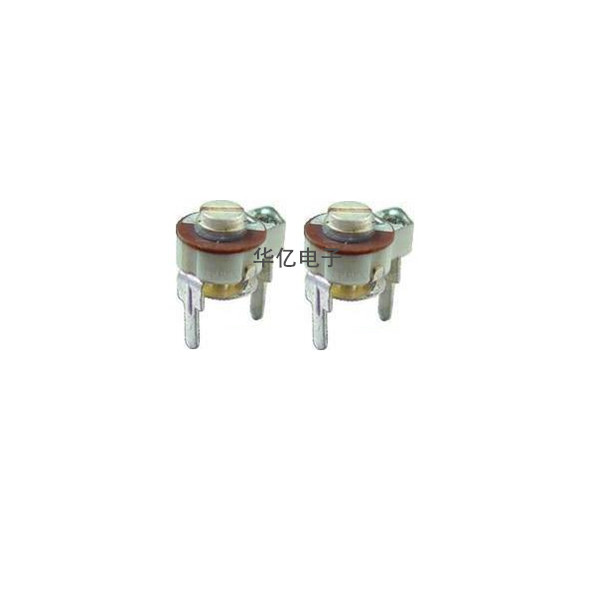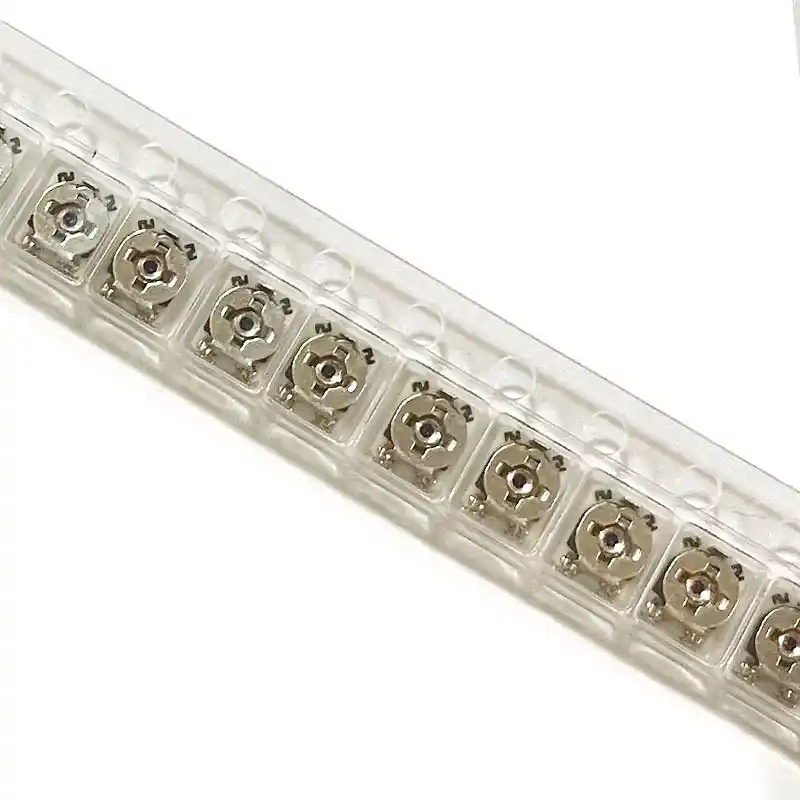What is the principle of laser resistance adjustment?
Product News and Common Problems
View:712
Update:2025/3/31 15:04:17
Laser Trimming is a technique that uses high-energy lasers to precisely process resistive materials in order to adjust their resistance values. The core principle is to control the length, cross-sectional area, or material properties of the path through which current flows by changing the geometric shape or conductive path of the resistor, ultimately achieving precise adjustment of the resistance value. The following is a detailed breakdown of its working principle:
1. Basic principles of physics
The essence of laser resistance tuning is to change the conductive path of the resistor through thermal ablation or material modification:
Thermal ablation: High energy laser pulses are instantly (nanosecond to femtosecond level) focused on the surface of a resistive material, causing it to locally vaporize or melt, removing some of the material and changing the geometric shape of the conductive path.
Material modification: In some cases, laser may alter the lattice structure or doping state of resistive materials, affecting their conductivity (such as local sintering adjustment of ruthenium oxide thick film resistors).
2. Key steps in the resistance adjustment process
(1) Selection of Resistance Materials
-Thick film resistor: printed resistor paste (such as ruthenium oxide) on a ceramic substrate, sintered to form a conductive layer.
-Thin film resistor: A nanoscale thin film is formed on a substrate by vacuum deposition (such as nickel chromium alloy).
Laser resistance adjustment is suitable for high stability materials, and it is necessary to ensure that the edges are flat and free of cracks after cutting.
(2) Laser cutting path design
By programming and controlling the cutting path of the laser (such as straight, L-shaped, serpentine, etc.), the effective conductive path of the resistor can be changed:
-Increase resistance value: Extend the conductive path by cutting the path (similar to "elongating" the current path).
-Reduce resistance value: by cutting the bypass or shortening the effective path (less commonly used, requiring special design).
(3) Real time detection and closed-loop control
-Four wire measurement: During the laser resistance adjustment process, the resistance value is measured in real-time through a probe to form a closed-loop feedback.
-Dynamic adjustment: Based on the measurement results, automatically adjust the length, depth, or shape of the laser cutting until the resistance value reaches the target range.
3. Specific implementation method of laser resistance adjustment
(1) Cutting method
-Linear cutting: Cut along the length direction of the resistor to increase the length of the conductive path (increase resistance).
-L-shaped or U-shaped cutting: By cutting multiple lines, the resistance value can be adjusted more finely.
-Curve cutting: suitable for high-precision fine-tuning, gradually changing resistance through spiral or wavy paths.
-Sectional area adjustment: Cut the width of the resistor to reduce the conductive cross-sectional area (increase resistance).
(2) Cutting depth control
-Full thickness cutting: completely cutting off the conductive layer, significantly increasing the resistance value (applicable to thick film resistors).
-Partial cutting: Remove only a portion of the material and fine tune the resistance by adjusting the cutting depth (commonly used for thin film resistors).
4. Laser parameters and process control
-Laser type: commonly used Nd: YAG laser (1064 nm) or fiber laser (short pulse), matched with material absorption characteristics.
-Power and pulse width: Low power short pulses (such as femtosecond lasers) can reduce the heat affected zone and avoid material carbonization or cracking.
-Focusing spot: Micron level spot (5-20 μ m) ensures processing accuracy, and is used in conjunction with a galvanometer system to achieve high-speed scanning.
5. Typical example: Thick film resistor resistance adjustment
-Initial resistor fabrication: Printing ruthenium oxide paste on a ceramic substrate and sintering it to form a rectangular resistor.
-Laser cutting path: Cutting in a straight line along the long side of the resistor, the conductive path is forced to detour around the cutting groove, and the path becomes longer.
-Resistance change calculation:
R=ρ⋅ L/A ->After cutting, R '=ρ· (L+Δ L)/A
6. Technical advantages and challenges
-Advantages:
·Non contact: Avoid mechanical stress or contamination.
·Submicron level accuracy: suitable for miniaturized components (such as resistors inside IC chips).
·High speed automation: integrated into the production line, capable of adjusting dozens of resistors per second.
-Challenge:
·Heat affected zone (HAZ): Laser high temperature may alter material properties, and parameters need to be optimized.
·Edge roughness: Burrs on the cutting edge may affect high-frequency performance.
summarize
Laser resistance adjustment changes the geometric shape of the resistor body through controllable laser ablation, dynamically adjusts the cutting path using a real-time feedback system, and ultimately achieves precise setting of the resistance value. Its core is "exchanging geometry for electricity" - precisely controlling circuit performance through small changes in physical structure. This technology plays an irreplaceable role in high-precision electronic components, sensor calibration, and semiconductor manufacturing.







